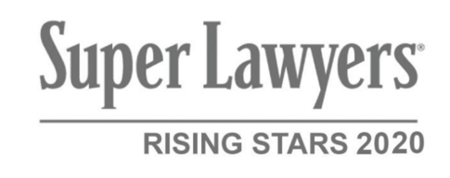










Civil cases vary in nature, but they all have similar pleadings and motions. A pleading is the process of filing a document, while a motion is a request either party makes to a judge. The following are some of the most common pleadings and motions in any civil trial or case:
A civil lawsuit begins when a plaintiff (in personal injury law, the victim) files a complaint against a defendant (person sued for damages).
A complaint is a written statement explaining the victim’s case, with an explanation of what the defendant did or did not do to breach their duty and cause harm.
It also requests that the courts order some kind of monetary relief (damages). The complaint is essentially the first filing of the lawsuit.
When a plaintiff files a complaint with the applicable court system, the defendant has a set time frame to come up with an “answer.”
This is a brief document in which the defendant responds to the allegations and pleads to an “affirmative defense” – in other words, anything that would recuse them of liability.
In some cases, a defendant may choose to pursue their own damages as part of the same incident. This is called the counterclaim. This may apply in a car accident, especially when there’s no clear designation of fault.
In a less common scenario, a party on one side of an argument may file a claim against someone on the same side.
A motion is a process by which one party in a lawsuit asks a judge to make a ruling in the case. Some of the most common pre-trial motions involve evidentiary motions (asking what can be allowed into evidence) and motions to dismiss a case.
In the latter, a defendant asks the courts to throw out a lawsuit because he or she doesn’t believe it has a legal basis.
The last pre-trial motion is called a summary judgment which a judge can effectively decide a case if there are no disputed facts.
Lastly, there are a few procedures either party can invoke even after the trial is over. A common example is a motion for a new trial, which a party may claim when they believe legal errors clouded the original trial.
The losing party is also eligible to file for “judgment notwithstanding,” which argues that the evidence cannot support the verdict. These motions are rarely successful, as there is a very high burden of proof.
Still, these motions can occur in civil trials, particularly when there are high stakes involved.
As you can see, there are many possible pleading and motion procedures that a personal injury case may take. This is why it’s essential to partner with an attorney who will keep you informed every step of the way.
This also helps explain why personal injury cases can spread out over weeks, months, and even years. Civil trials can often become complicated, so it’s helpful to understand the common motions and pleadings that may affect your case.
We use cookies on our site to analyze traffic, enchance your experience, and provide you with tailored content.
For full functionality of this site, you must consent to the use of cookies. For more information or to opt out, visit our privacy policy